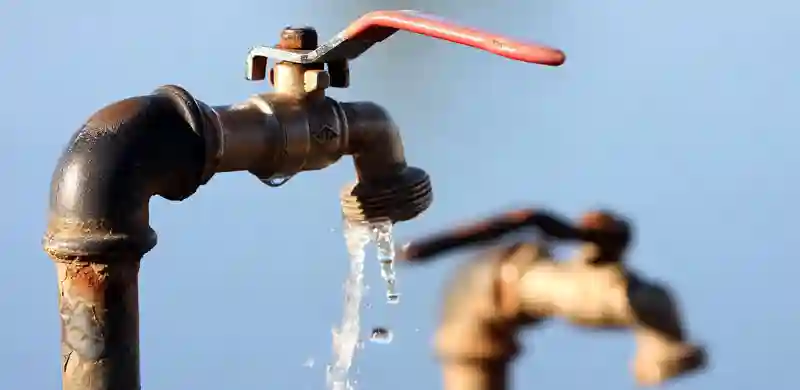The Combined Harare Residents Association (CHRA) has warned about a potential humanitarian disaster in Harare and Chitungwiza following the decommissioning of the Prince Edward water treatment plant. This decision comes after the drying up of two critical water supply dams, Harava and Seke.
On Wednesday, 28 August, the City of Harare announced the closure of the water treatment plant, which processes water from the Harava and Seke dams for distribution to Chitungwiza and various parts of Harare, including Hatfield, Airport, Waterfalls, and Msasa.
The shutdown of the plant, located near Chitungwiza, is resulting in a daily loss of 70-80 megalitres of water, further exacerbating the already limited supply.
In a statement, CHRA warned that the decommissioning of the Prince Edward water purification plant could lead to serious health crises in both Chitungwiza and Harare. CHRA said:
The CHRA is warning of a serious humanitarian disaster if urgent contingency plans are not put in place following the decommissioning of the Prince Edward water purification plant by the City of Harare due to the lack of raw water in the Seke and Harava dams.
This has increased the water supply deficit in the city and worsened the ongoing water crisis, impacting the residents of Harare and Chitungwiza.
We reiterate that the lack of raw water in the Seke and Harava dams due to the El Nino-induced drought is a reality of the impact and effects of climate change, which require inclusive climate action and disaster risk reduction planning for resilience building.
CHRA urged local authorities and the central government to work together to provide alternative water supplies to Harare and Chitungwiza residents. Reads the statement:
Given the deepened water crisis, the government and local authorities (City of Harare and Chitungwiza Municipality) must set aside an emergency fund for the provision of alternative water supplies (mobile water bowsers), installation of online chlorinators on all public boreholes and distribution of chlorine tablets.
Development of inclusive disaster risk reduction and climate action plans at the community level for local resilience building.
The government needs to disburse meaningful amounts of devolution funds to the City of Harare, and these funds should be channelled towards financing of improving water infrastructure, in particular reduction of non-revenue water currently standing between 40-50%.
On Friday, August 30, the Chitungwiza Municipality announced that it will start receiving water from Harare’s Morton Jaffray treatment plant every Friday through Sunday. The municipality plans to distribute this water to as many areas as possible upon its arrival.
Harare City Council’s water director, Phakamile Mabhena Moyo, recently informed the Parliamentary Portfolio Committee on Local Government that the water treatment capacity at Morton Jaffray is 614 megalitres (ML) per day.
In contrast, the capacity at Prince Edward is 90 ML per day. This brings the total capacity to 704 ML per day, intended to serve Harare, Chitungwiza, Norton, Ruwa, and areas extending to Inkomo Barracks.
Moyo noted that the daily water demand is approximately 800 ML, surpassing the production capacity of 704 ML.
More: Pindula News

